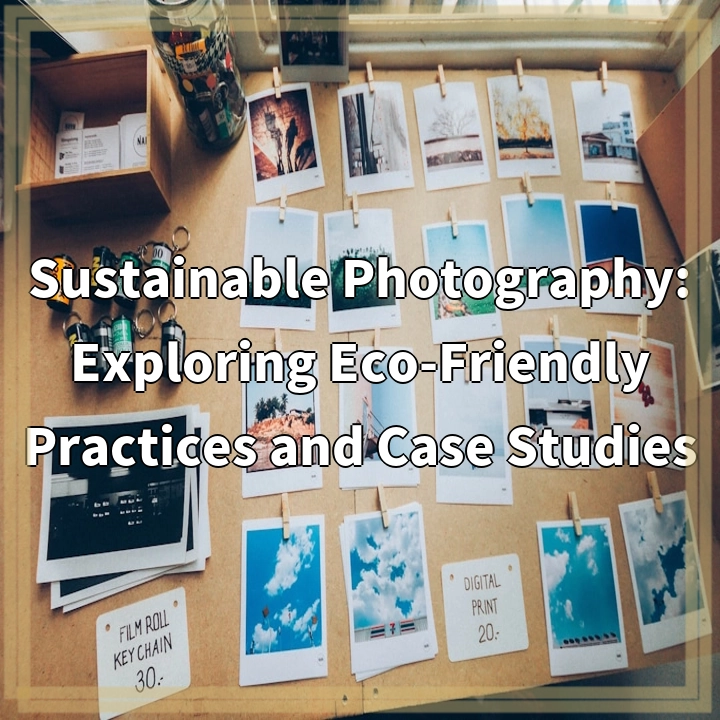
What is Sustainable Photography?
Sustainable photography refers to the practice of minimizing the environmental impact of photography and promoting ethical and responsible practices throughout the entire photographic process. It involves incorporating eco-friendly techniques, materials, and equipment to reduce waste, conserve resources, and protect the natural environment.
Real-World Problems Associated with Sustainable Photography
1. Waste Generation
The photography industry often generates a significant amount of waste, including single-use plastics, discarded film, and toxic chemicals used in developing processes. This waste contributes to pollution and landfill overcrowding, impacting ecosystems and human health.
2. Energy Consumption
The use of energy-intensive equipment such as studio lights, digital cameras, and editing software contributes to high energy consumption in the photography industry. This reliance on nonrenewable energy sources contributes to carbon emissions and climate change.
3. Chemical Pollution
Traditional film photography involves the use of chemicals such as silver nitrate, fixers, and developers. Improper disposal or inadequate handling of these chemicals can contaminate waterways and soil, endangering aquatic life and ecosystems.
4. Unsustainable Materials
Photography often relies on unsustainable materials, such as non-recycled paper and non-biodegradable packaging for prints and albums. The production and disposal of these materials contribute to deforestation, resource depletion, and landfill waste.
5. Lack of Awareness and Education
There is a lack of awareness and education about sustainable practices in the photography industry. Many photographers and clients may not fully understand the environmental impact of their choices, leading to continued unsustainable practices and a missed opportunity to drive change.
By addressing these real-world problems through sustainable photography practices, we can minimize the negative impact of the industry on the environment and work towards a more sustainable future.

Solutions for Sustainable Photography
1. Minimize Waste Generation
Photographers can reduce waste by adopting digital photography and minimizing the use of single-use film and disposable materials. Choosing reusable and eco-friendly packaging options can also help reduce waste.
2. Embrace Energy-Efficient Practices
Photographers can switch to energy-efficient equipment, such as LED lights, and optimize settings to reduce energy usage. Additionally, utilizing natural lighting when possible and turning off equipment when not in use can help conserve energy.
3. Explore Eco-Friendly Developing Processes
Photographers can explore eco-friendly developing processes by using non-toxic and environmentally-friendly alternatives to traditional chemicals. Additionally, proper disposal and recycling of any chemicals used is essential.
4. Choose Sustainable Materials
Opting for sustainable materials, such as recycled paper for prints and albums, and utilizing biodegradable or compostable packaging options can help reduce the environmental impact associated with photography materials.
5. Educate and Promote Awareness
Photographers can educate themselves and their clients about the importance of sustainable photography practices. By sharing their own eco-friendly approaches and raising awareness about the environmental impact, photographers can inspire others to make more sustainable choices.
By implementing these solutions, photographers can contribute to a more sustainable photography industry, reducing waste, conserving resources, and protecting the environment for future generations.















